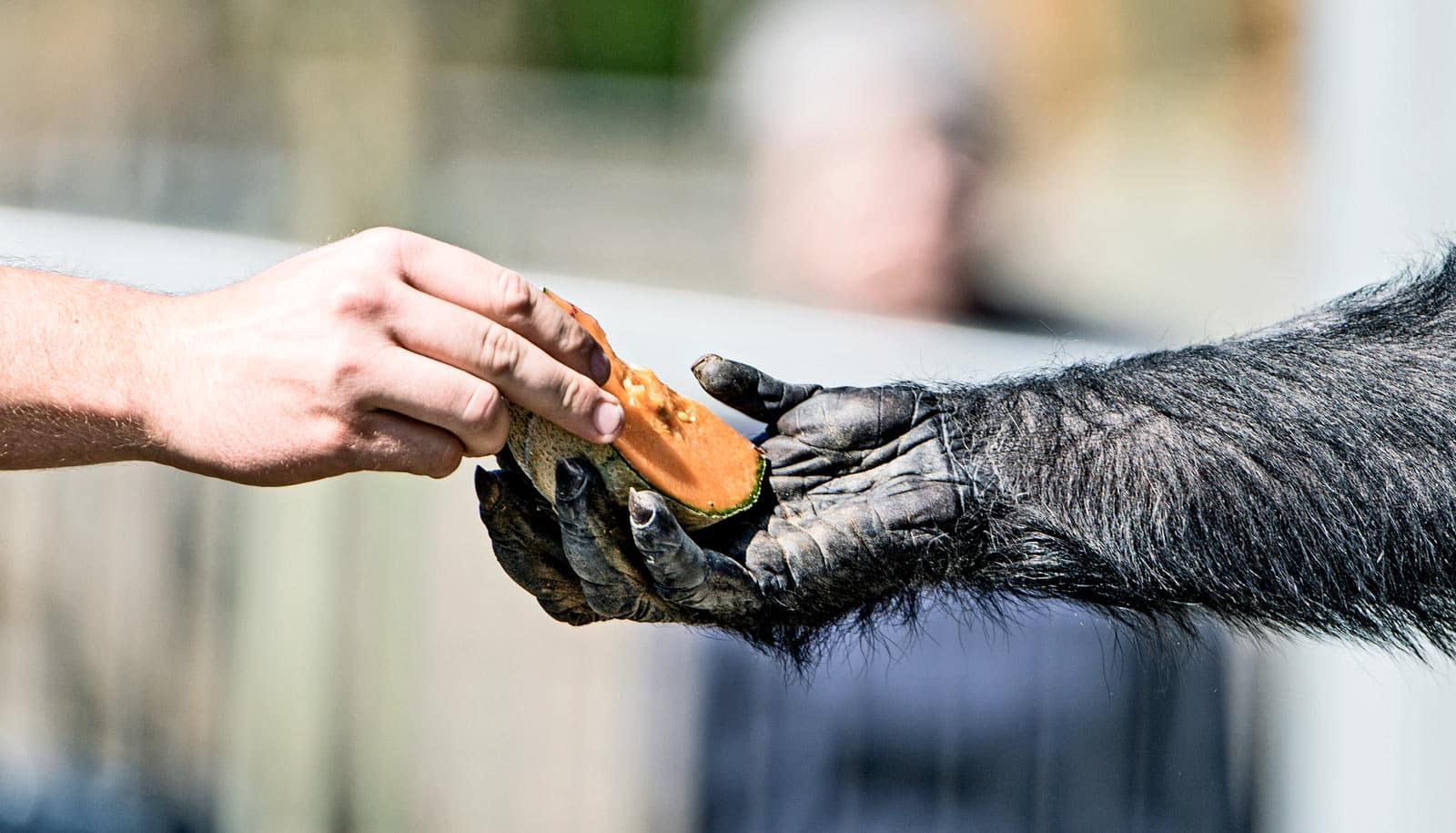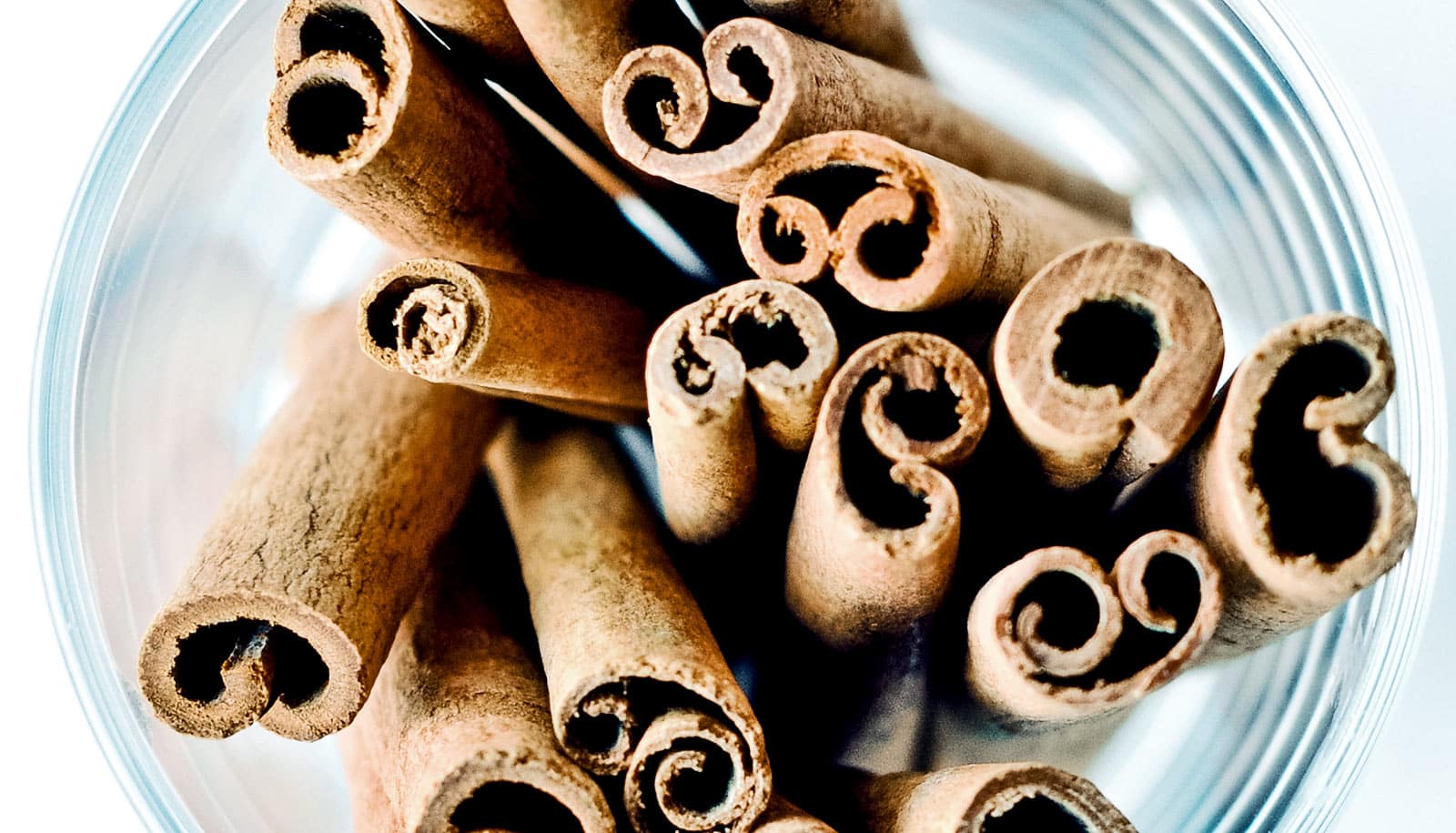Brown and white fat secrete different sets of proteins, research finds.
The proteins that the fats secrete send signals to the rest of the body. What the researchers discovered is that the two types of fat tissue send very different signals to the rest of the body.
“We have mapped all of the proteins that are secreted from the fat cells and that they use to communicate with other cells. And there are big differences between them,” Camilla Schéele, associate professor at Novo Nordisk Foundation Center for Basic Metabolic Research at the University of Copenhagen.
“It’s as though they speak very different languages.”
Many people might not realize that they have different types of body fat. Most of it is white fat that sits at the stomach, hips, and thighs, for example. White fat is energy storage that our body can use when food is scarce. White fat also produces and receives signals from a variety of different hormones, such as adrenalin and insulin.
Brown fat is very different. It sits close to our nervous system, up our spine, around our throat, and near the kidneys. It plays a different role in the body, by producing heat. Infants have far more brown fat than adults do because it plays an important role in helping them to stay warm.
A lot of research has focused on white fat and its relationship to health and disease, but researchers are increasingly focusing on the health benefits of brown fat. For example, if you want to burn more energy, it helps to have more brown fat.
The researchers discovered that brown fat secretes more than 100 proteins that are not secreted by white fat. By categorizing the proteins, the researchers were able to form a general picture about the differences between the fat types. For example, brown fat is better at regulating the cellular immune system, while white fat secretes proteins that allow greater tissue plasticity.
“One of the great mysteries about brown fat is that we are not sure how it is formed. But we have found an interesting clue. One of the proteins that brown fat secretes plays an important role in developing and maturing new brown fat cells to prepare them for producing heat and energy,” says Schéele.
The researchers are now studying the proteins in more detail to better understand how they communicate with the rest of the body, especially the signals that they send to the brain.
The study appears in Cell Metabolism. The researchers mapped the proteins in collaboration with the Novo Nordisk Foundation Center for Protein Research using mass spectrometry. The research also included collaborators at the University of Toronto, Novo Nordisk A/S, and Rigshospitalet. Funding came from the Novo Nordisk Foundation and Novo Nordisk A/S.
Source: University of Copenhagen



